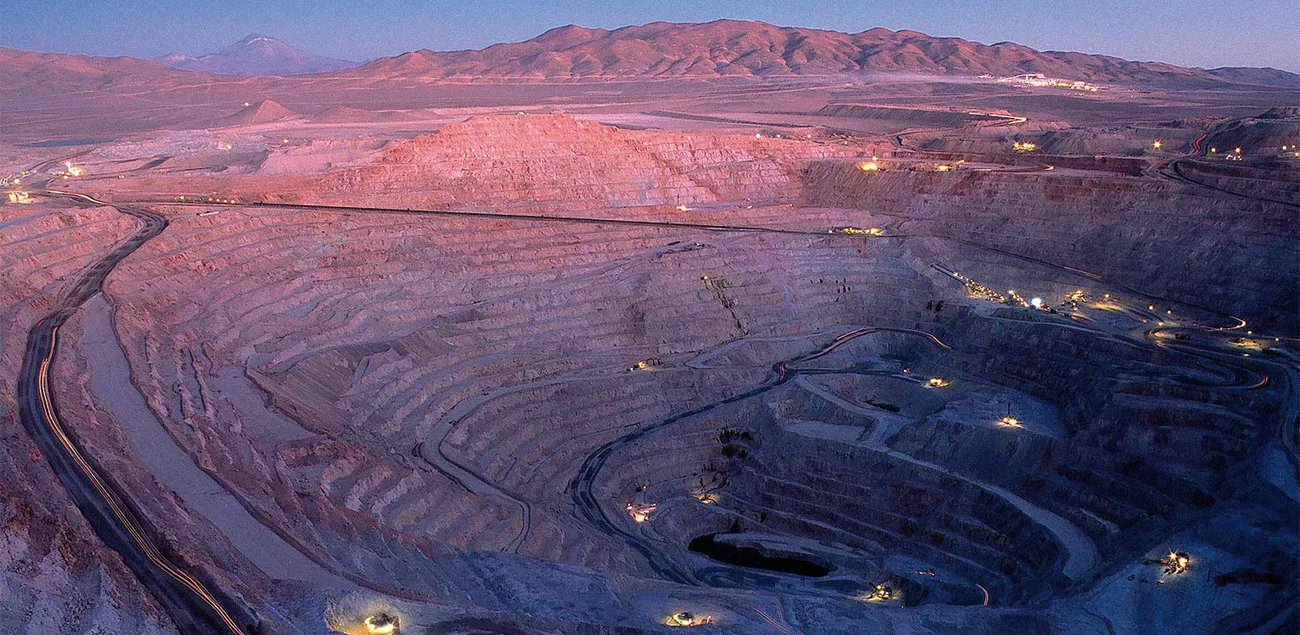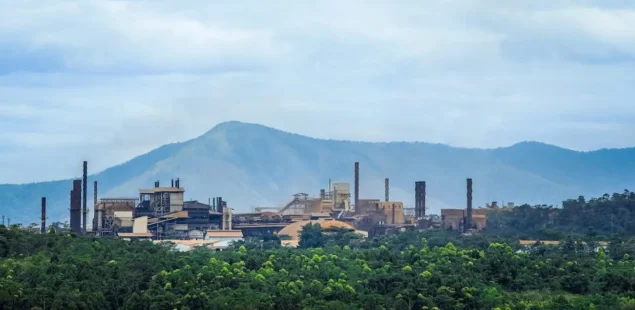
Chile’s Copper Commission (Cochilco), the state market monitor, has trimmed its 2025 copper production growth forecast to 1.5% year on year from 3%, citing supply disruptions and mine operating issues. The revision follows a June slump in output at Escondida, the BHP-operated mine that is the world’s largest copper producer, and at Collahuasi, the joint venture of Anglo American and Glencore. A recent fatal accident at Codelco’s El Teniente, which claimed six lives, was flagged as an additional “significant risk of supply interruptions.” Cochilco now expects Chile’s 2025 output at 5.58 million tonnes, and lowered its 2026 projection to 5.75 million tonnes from 5.97 million. The agency kept its average copper price outlook for 2025 and 2026 unchanged at $4.30/lb.
Production risks shift the 2025–26 trajectory
Cochilco described June’s production decline as a “turning point” for the year, warning that while cumulative output remains positive, the monthly downtrend raises the risk of underperformance in the second half if conditions do not improve. The specific headwinds vary by asset. At Escondida and Collahuasi, operational constraints and supply-chain friction curbed throughput. At El Teniente, the accident introduces further uncertainty to mine availability and development sequencing, given safety reviews and potential schedule adjustments.
The pared-back growth path is modest in absolute terms but consequential for a market attuned to Chile’s swing supply. The 2026 downgrade—from 5.97 Mt to 5.75 Mt—suggests that remediation and ramp-up timelines could be extending beyond a single year, reinforcing the idea of a tighter-than-anticipated concentrate balance.
Market impact and pricing
Despite softer Chilean growth, Cochilco left its price deck at $4.30 per pound for both 2025 and 2026. The unchanged view reflects an offsetting backdrop: constrained concentrate availability—partly tied to smelter bottlenecks and uneven mine performance—and resilient demand from China and other developing economies. With Chile’s output profile nudging lower, the market’s sensitivity to operational newsflow is likely to remain high, especially around large mines where a single month’s variance can meaningfully move export volumes.Global demand outlook
Cochilco expects global copper demand to rise 2.4% to 27 million tonnes, underpinned by grid investment, renewables build-out, and electrification in transport and industry. While end-market momentum is not uniform across regions, the agency’s unchanged price assumptions imply that supply tightness and steady consumption should broadly balance over the forecast horizon.
Company background and market context
BHP operates Escondida in northern Chile, the world’s largest copper mine by output, making it a bellwether for both Chilean and global balances. Collahuasi, jointly owned by Anglo American and Glencore, is another top-tier operation whose quarterly performance frequently influences concentrate trade and treatment charges. El Teniente, owned by state miner Codelco, is among the world’s largest underground copper mines; safety incidents and maintenance schedules there can have outsized effects on domestic production runs.
Codelco’s role is especially pivotal. As Chile’s state producer, its investment cadence and project execution shape national output trends. Operational setbacks—whether from accidents, maintenance, or project delays—tend to propagate through the country’s aggregate production statistics and export pipeline, amplifying Chile’s contribution to global supply variability.



